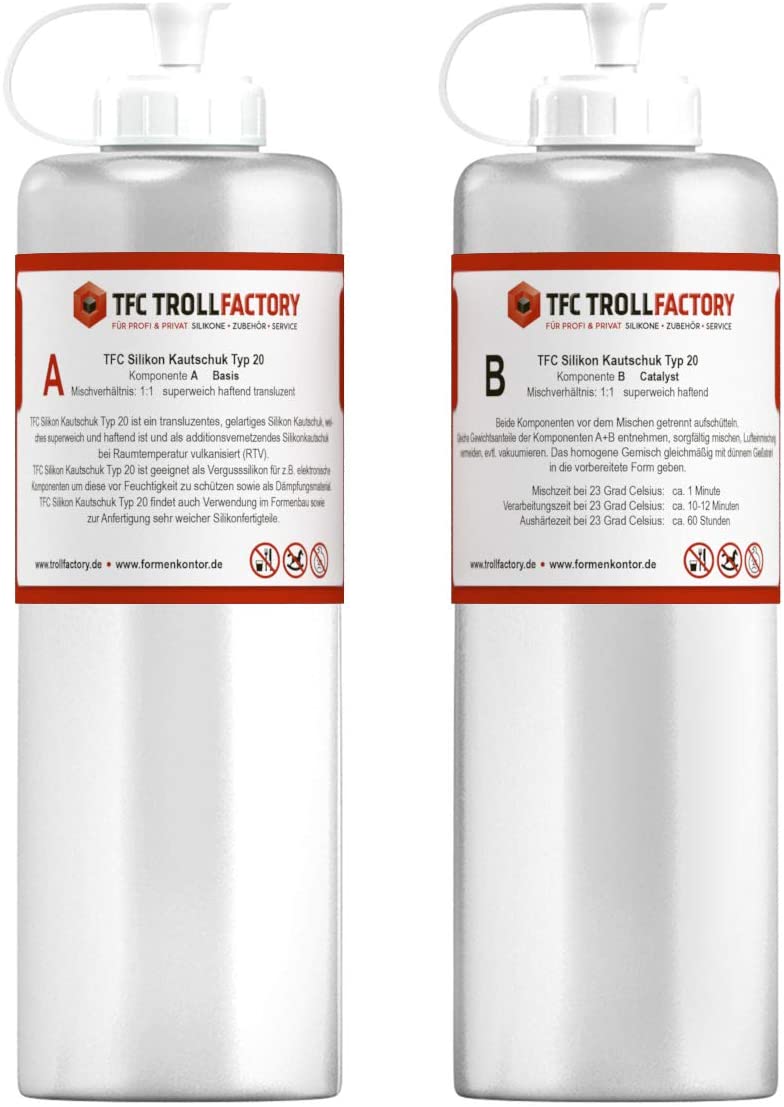

Cart
Your cart is empty



size
Versand am 15. März, wenn Bestellung innerhalb 0 Stdn. 42 Min.. Details


Choose options
size
size
 |
 |
|
| Attraktive Preise |
|
|
| Umfangreiches Produktsortiment |
|
|
| Langjährige Erfahrung |
|
|
| Mehr als 100.000 Kunden |
|
|
| Zertifizierte Sicherheit |
|
|
Willkommen bei Silikon-Kautschuk24 – deinem zuverlässigen Partner für hochwertige Silikonprodukte! Seit über einem Jahrzehnt beliefern wir Profis und Heimwerker mit vielfältigen Lösungen für Industrie, Handwerk und DIY-Projekte. Mit über 10.000 Produktvarianten bieten wir genau das, was du für dein Vorhaben brauchst.
Unser Anspruch? Zuverlässigkeit, faire Preise und schnelle Lieferung. Dank hoher Verfügbarkeit und kompetenter Beratung findest du bei uns immer die passende Lösung. Vertraue auf unsere Erfahrung und werde Teil von tausenden zufriedenen Kunden weltweit!

Die häufigsten Fragen und unsere Antworten. Solltest du dennoch Fragen haben. Wende dich an folgende E-Mail-Adresse: juckols@polyment-shop.de
Ja, bei größeren Abnahmemengen bieten wir attraktive Rabatte.
Ja, viele unserer Produkte sind lebensmittelecht und entsprechen den gängigen Normen für den Einsatz in der Lebensmittel- und Medizintechnik. Bitte beachten Sie die jeweiligen Produktbeschreibungen oder kontaktieren Sie uns für genauere Informationen.
Wir akzeptieren gängige Zahlungsmethoden wie PayPal, Kreditkarte, Vorkasse und Rechnung. Ihre Zahlungsdaten werden sicher und verschlüsselt übertragen, sodass Sie sorgenfrei bestellen können.
Ja, wir bieten spezielle, hautverträgliche Silikone an, die sich hervorragend für Körperabformungen eignen. Diese Produkte sind sicher in der Anwendung und ermöglichen detailgetreue Abformungen.



